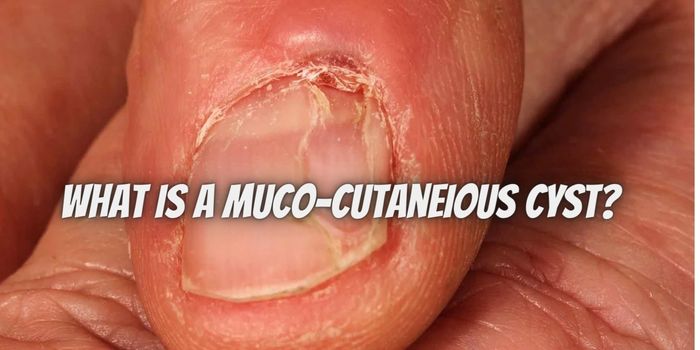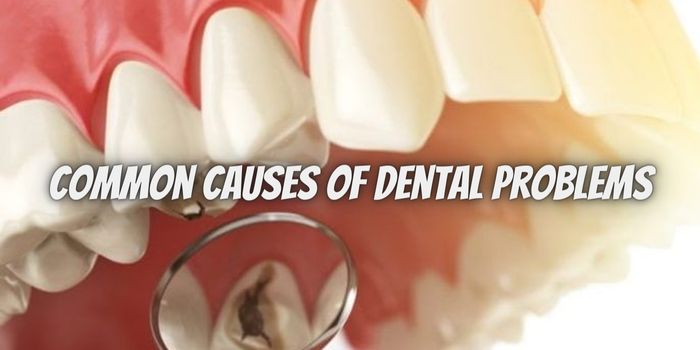If you’re conscious about foot health, you likely inspect your feet regularly, looking for the first signs that could indicate an unhealthy foot. Whether it’s a tiny lump that suddenly becomes prominent or a bony bump, being able to catch such things early enough ensures that you can seek the appropriate medical care. In this regard, Dr. Malin in Columbia offers excellent foot care. Among the numerous foot conditions handled include muco-cutaneious cysts. Such nodular masses can cause a scare in individuals seeing them on their feet for the first time. However, the right intervention can quickly resolve it.
Muco-Cutaneious Cyst: A Benign Growth
A muco-cutaneious cyst is a tiny mass filled with fluid. It tends to grow around at the top of toe joints. When it comes to most such tissues that grow in unexpected body parts, they can be considered benign or malignant. Unlike malignant growths that usually become cancerous, muco-cutaneious cysts are benign.
A typical muco-cutaneious cyst can be seen just below the nail bed of a toe, appearing as a prominent mass with a rubbery texture. While there is no specific age range for those that get this kind of growth, older women over the age of 60 are more susceptible. This is also more common in women in this age range who’ve been diagnosed with arthritis.
What Causes a Muco-Cutaneious Cyst?
A weakening of the toe joints is the most common reason for muco-cutaneious cyst formation. These joints tend to work a lot, flexing back and forth. These joints contain synovial fluid. This fluid is responsible for ensuring their flexibility, reducing friction during their movements. With time, synovial fluid leaks out these toe joints as a result of the constant toe flexing. The leaked synovial fluid becomes entrapped in a membrane, forming a muco-cutaneious cyst. In addition to the flexion movements, the muco-cutaneious cysts formed in this way can also result from conditions like arthritis and some other injuries to the toe joints.
A less common way through which muco-cutaneious cysts form is due to mucin accumulation. Mucin is a soft substance that’s a crucial part of several bodily fluids including mucus. Mucin overproduction can lead to its accumulation around the toe joints, resulting in a muco-cutaneious cyst.
What are the Signs of a Muco-Cutaneous Cyst?
The first sign of a muco-cutaneious cyst is a lump just above the toe joint. Such a lump tends to be small in size, typically measuring in the range of 5 and 8 millimeters. These lumps may have a certain sheen to them while appearing translucent.
It’s not uncommon to feel pain and some discomfort around a toe joint when a muco-cutaneious cyst becomes visible.
How Do You Treat Them?
A vast majority of muco-cutaneious cyst cases do not require any medical intervention. Usually, they’ll resolve on their own. However, treatment may become necessary if the cysts are causing discomfort and pain that hampers proper walking.
The most common treatment options for muco-cutaneious cysts include:
i)Surgery: The cyst is removed surgically. This usually involves the whole membranous sac where it’s enveloped. A skin flap is then taken from another body part to cover up the surgical site to help it heal faster.
- ii) Cryotherapy: This is a treatment option that utilizes extremely cold temperatures. The muco-cutaneious cyst is frozen in place before removal.
iii) Infrared coagulation: This technique utilizes infrared rays to burn off the cysts.
- iv) Hard compressions: This is done firmly and repeatedly over the cyst.
Is it Advisable to Perforate a Muco-Cutaneious Cyst?
It’s very tempting to want to pop a muco-cutaneious cyst. This is especially true if it’s tiny and painless. Popping the cyst is inadvisable because it will leave a broken skin surface. This can provide the opportunity for microorganisms to invade the underlying tissues, thereby increasing the risk of infections.
Should the cyst burst inadvertently, ensure to clean the area around it and keep it dry. Afterward, wrap a bandage around it to prevent infection.
Padding the muco-cutaneious cyst before it pops is also advisable. This reduces the chances of bursting. Use soft material like cotton for padding it.
When Should You Seek Medical Attention?
Hopefully, your muco-cutaneious cysts are those that will resolve by themselves. However, always seek medical attention if you start to feel pain or noticeable discomfort around the toes with these cysts. Usually, your yearly full medical exam will identify them. Never hesitate to contact your doctor if you see anything resembling muco-cutaneious cysts around your toes. It’s better to be safe than sorry.




